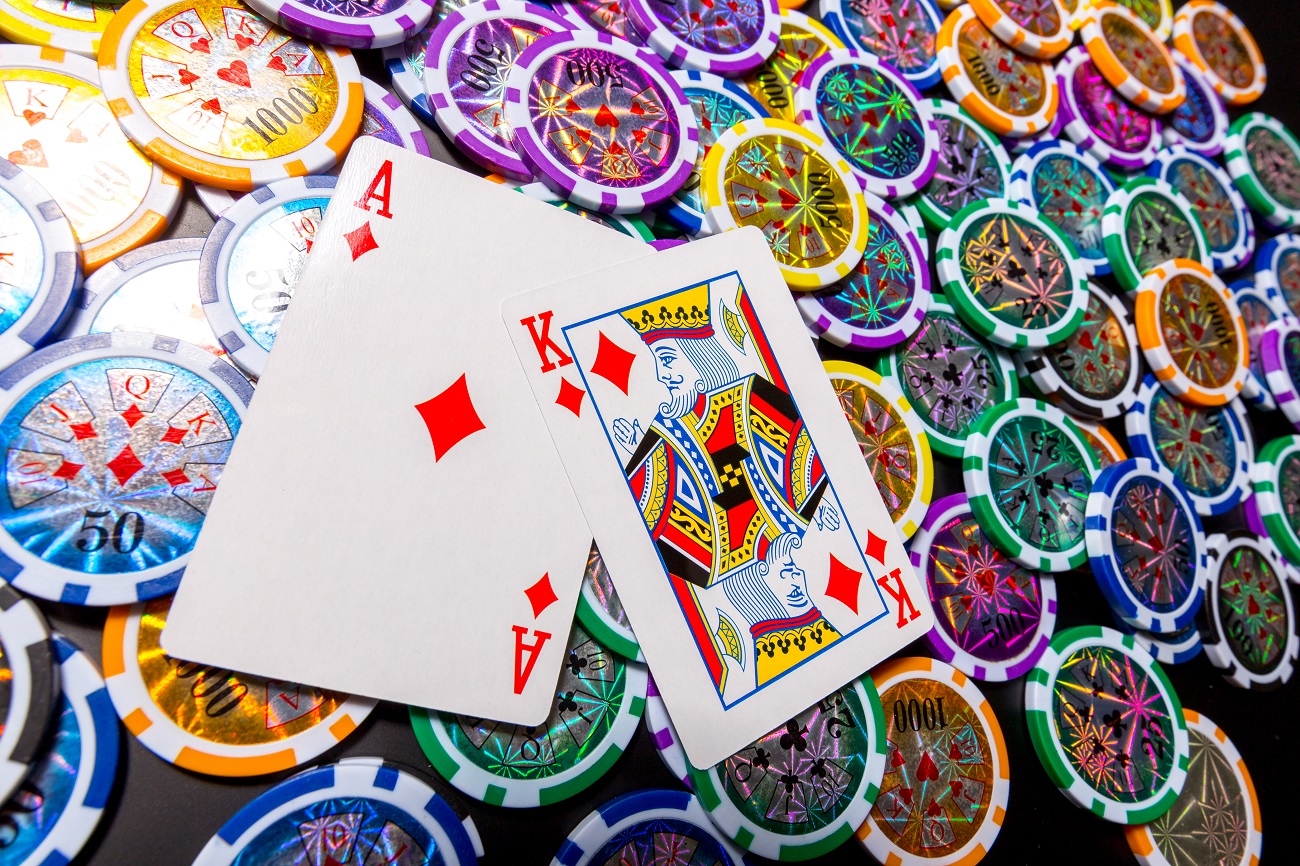

Upon entering a casino, the choice of colors is not merely decorative but is strategically selected to influence visitors’ behaviors and emotions. Each color, such as vibrant reds or calming blues, is intended to elicit specific reactions from patrons. These color schemes are carefully curated to create an atmosphere that enhances the overall gaming experience. Understanding the psychological impact of colors in casino design sheds light on how they can subtly shape player perceptions and actions.Upon entering a casino, the choice of colors is not merely decorative but is strategically selected to influence visitors’ behaviors and emotions. Each color, such as vibrant reds or calming blues, is intended to elicit specific reactions from patrons. These color schemes are Pavilion88 carefully curated to create an atmosphere that enhances the overall gaming experience. Understanding the psychological impact of colors in casino design sheds light on how they can subtly shape player perceptions and actions.
An examination of the psychology of color in casinos sheds light on how design impacts human behavior. Colors are a key component in shaping the atmosphere and mood of a casino environment.
For instance, the color red is commonly utilized in casinos due to its association with excitement, energy, and arousal. This intense color can evoke a sense of urgency and prompt players to take risks.
In contrast, blue is recognized for its calming and soothing properties, making it suitable for areas where players can relax or decompress.
Through strategic use of different colors throughout the casino, designers can influence emotions and shape player experiences subtly and effectively.
The utilization of various colors in casino design can have a notable impact on player behavior. Bright colors like red and yellow are often strategically placed near gaming areas to evoke excitement and potentially prompt players to take more risks. These colors have been observed to increase heart rates and foster a sense of urgency, potentially encouraging players to prolong their stay and engage in more betting activities.
Conversely, calming colors such as blue and green are commonly integrated into relaxation areas to help alleviate stress and cultivate a tranquil atmosphere. By purposefully incorporating colors throughout the casino environment, designers can influence player emotions and behaviors, ultimately shaping the overall gaming experience.
Understanding the psychological effects of color enables casinos to create spaces that cater to diverse player preferences and enhance their overall satisfaction.
Color psychology is a key factor in establishing a welcoming atmosphere in a casino. The choice of warm hues like red, orange, and yellow can stimulate feelings of excitement and energy among visitors, potentially enhancing their engagement with the surroundings.
Conversely, cool tones like soft blues and greens have a calming effect, fostering a sense of relaxation and comfort for patrons. By thoughtfully incorporating these colors into the casino’s design elements such as walls, carpets, and decor, operators can create an inviting ambiance that encourages guests to prolong their stay and enjoy a positive experience while on the premises.
Color schemes play a significant role in shaping the gaming experience at casinos. Vibrant colors like red and yellow are often used to create an atmosphere of excitement and energy on the casino floor. These colors can stimulate the senses and maintain player engagement.
Conversely, calming colors such as blue and green are known to reduce stress levels and promote relaxation, aiding in better focus during gameplay. Designers strategically utilize colors to influence mood and enhance the overall gaming environment.
Whether players seek high-energy entertainment or require concentration for strategic gaming, the choice of colors can noticeably impact their experience at the casino.
Color schemes in casinos can have a notable impact on players’ decision-making processes. Colors play a crucial role in influencing emotions and behaviors, which in turn can affect individuals’ choices.
Warm colors such as red and orange are often linked to excitement and stimulation, potentially prompting players to take more risks and make daring decisions.
Conversely, cool colors like blue and green are recognized for their calming properties, fostering a relaxed and focused mindset that may lead to more thoughtful decision-making strategies.
Through strategic placement of colors throughout the casino environment, designers can subtly guide players’ emotions and decision-making processes. By carefully selecting a color palette, designers can create an atmosphere that enhances the overall gaming experience for players.
Consistency in color choice plays a crucial role in casino design, influencing the overall player experience. When colors are applied consistently throughout a casino, it fosters a coherent and unified environment that enhances the visual appeal and ambiance.
The use of consistent color schemes aids players in navigating the casino by associating specific colors with distinct areas or themes, improving the overall layout flow and facilitating a smoother gaming experience.
Furthermore, consistent colors can evoke specific emotions or moods aligned with the casino’s branding and desired atmosphere, thereby heightening the immersive quality of the space for players.
In conclusion, the strategic use of color in casino design has a significant impact on player emotions, behaviors, and overall experience. By carefully selecting and incorporating colors that evoke specific feelings, designers can create a welcoming atmosphere that encourages guests to stay longer and enjoy their time at the casino. Consistency in color choices throughout the space helps to enhance the gaming experience and influence player decision-making. Remember, color plays a crucial role in shaping the ambiance and success of a casino environment.